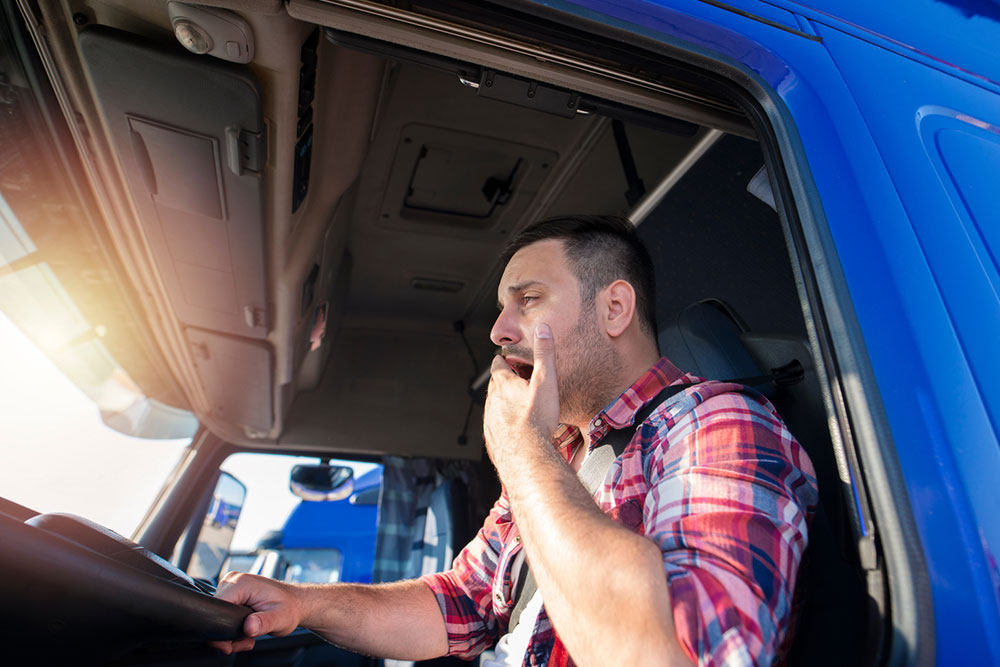18 common driving mistakes to avoid

Driving is an essential skill that provides unparalleled freedom and convenience when it comes to commuting, traveling, and running errands. However, with this privilege comes a significant responsibility—ensuring personal safety and those of others on the road. Unfortunately, many drivers, new and experienced, can make errors that lead to accidents. By recognizing and avoiding the following common driving mistakes, one can contribute to road safety and have a more enjoyable driving experience.
Distracted driving
One of the most common driving mistakes to avoid is driving while being distracted. Distractions can range from texting or talking on the phone to eating, self-grooming, or even adjusting in-car entertainment systems. A moment of distraction can be detrimental and lead to accidents. To avoid this, it is crucial to keep focusing on the road and avoid multitasking while driving.
Speeding
Going over the speed limit is a major cause of accidents. This mistake reduces a driver’s reaction time and increases the severity of collisions. Adhering to speed limits and adjusting the speed as per road and weather conditions is essential while driving. Here, arriving a few minutes later is preferable to risking personal safety and that of others on the road.
Tailgating
Following a vehicle too closely, also known as tailgating, reduces the time one has to react when the vehicle ahead stops suddenly due to obstacles in the road. One should maintain a safe following distance to allow for enough time to stop the vehicle. A simple way to ensure appropriate distance and safety is the popular 3-second rule, which translates to keeping a gap of 3 car lengths between two vehicles on the road.
Improper merging
Merging onto highways or busy roads requires careful attention and cooperation with other drivers. Here, one should to use the turn signal, match their speed with the flow of traffic, and yield whenever necessary. It is important to avoid merging abruptly or cutting off other drivers.
Changing lanes incorrectly
Changing lanes without proper awareness and signaling is a recipe for disaster. One should always check their blind spots, use mirrors, and signal before changing lanes. It is important to change lanes carefully and plan movements well in advance to avoid jarring other drivers.
Being overconfident
Overconfidence in driving abilities can lead to risky behaviors such as aggressive driving, speeding, and recklessly weaving through traffic. It is essential to drive defensively, anticipate the actions of other drivers, and be patient. Defensive driving is a proactive approach that prioritizes awareness, preparedness, and adaptability. It goes beyond merely following traffic laws and involves being ready for any scenario, especially those caused by the mistakes of other drivers.
Not checking mirrors
Failing to check the mirrors and blind spots can result in collisions when changing lanes or making turns. One should make it a habit to check the side mirrors and glance over their shoulder to ensure there are no vehicles in the blind spots before making any maneuvers.
Running red lights and stop signs
Disregarding traffic signals and stop signs can increase the risk of collisions. Following the signals is an essential part of maintaining the overall safety of all road traffic. So, one should always obey traffic signals and signs, even on seemingly emptier roads. Accidents can occur unexpectedly, and failing to stop can result in severe consequences.
Failing to use turn signals
Turn signals are essential for communicating one’s intentions to other drivers. Failing to signal when changing lanes or making turns can lead to confusion and accidents. Always use the turn signals in advance to inform others of one’s actions.
Neglecting vehicle maintenance
Regular vehicle maintenance involves checking tire pressure, brake condition, and fluid levels. Overlooking these steps can compromise personal safety on the road. Regularly servicing the vehicle can ensure that it is in optimal working condition.
Not using seatbelts
Failing to wear seatbelts can significantly increase the risk of severe injuries in accidents. So, one should always ensure that all occupants are buckled up before starting the vehicle, regardless of the distance one is traveling.
Misusing high beams
Using high beams inappropriately can startle other drivers and reduce their visibility. So, one should only use high beams when necessary and dim them for oncoming traffic or when following another vehicle.
Not communicating clearly
Using the turn signals, brake lights, and headlights can help communicate actions to other drivers, helping them anticipate movements. One should also keep a close eye on the traffic ahead and be ready to brake if the vehicle in front suddenly stops. This prevents rear-end collisions.
Not adapting to weather conditions
Failing to adjust driving to weather conditions like rain, snow, or fog can lead to accidents. Here, key steps include reducing the speed, increasing the following distance, and using appropriate headlights and windshield wipers when conditions worsen.
Overloading the vehicle
Exceeding the vehicle’s load limit can affect handling, braking, and overall stability. An overloaded vehicle requires a longer time and distance to come to a complete stop due to the increased momentum, which may lead to rear-end collisions. Apart from this, the excess load can damage the vehicle’s structure over time, leading to premature wear and tear. So, one should always follow the manufacturer’s prescribed loading limit for their truck or car.
Reacting aggressively
Other drivers may make errors on the road, following which one should respond calmly and avoid aggressive gestures or behaviors. Reacting aggressively can escalate the situation and endanger everyone on the road.
Driving while tired
Driving when tired impairs reaction time and decision-making abilities, similar to driving under the influence. If one is feeling drowsy, they can pull over and rest for a while before resuming the journey.
Not preparing for emergencies
Another common driving mistake to avoid is failing to carry essential items like a spare tire, jack, and basic emergency kit. This can leave one stranded in case of a breakdown. So, one should be prepared for unforeseen circumstances on the road at all times.







